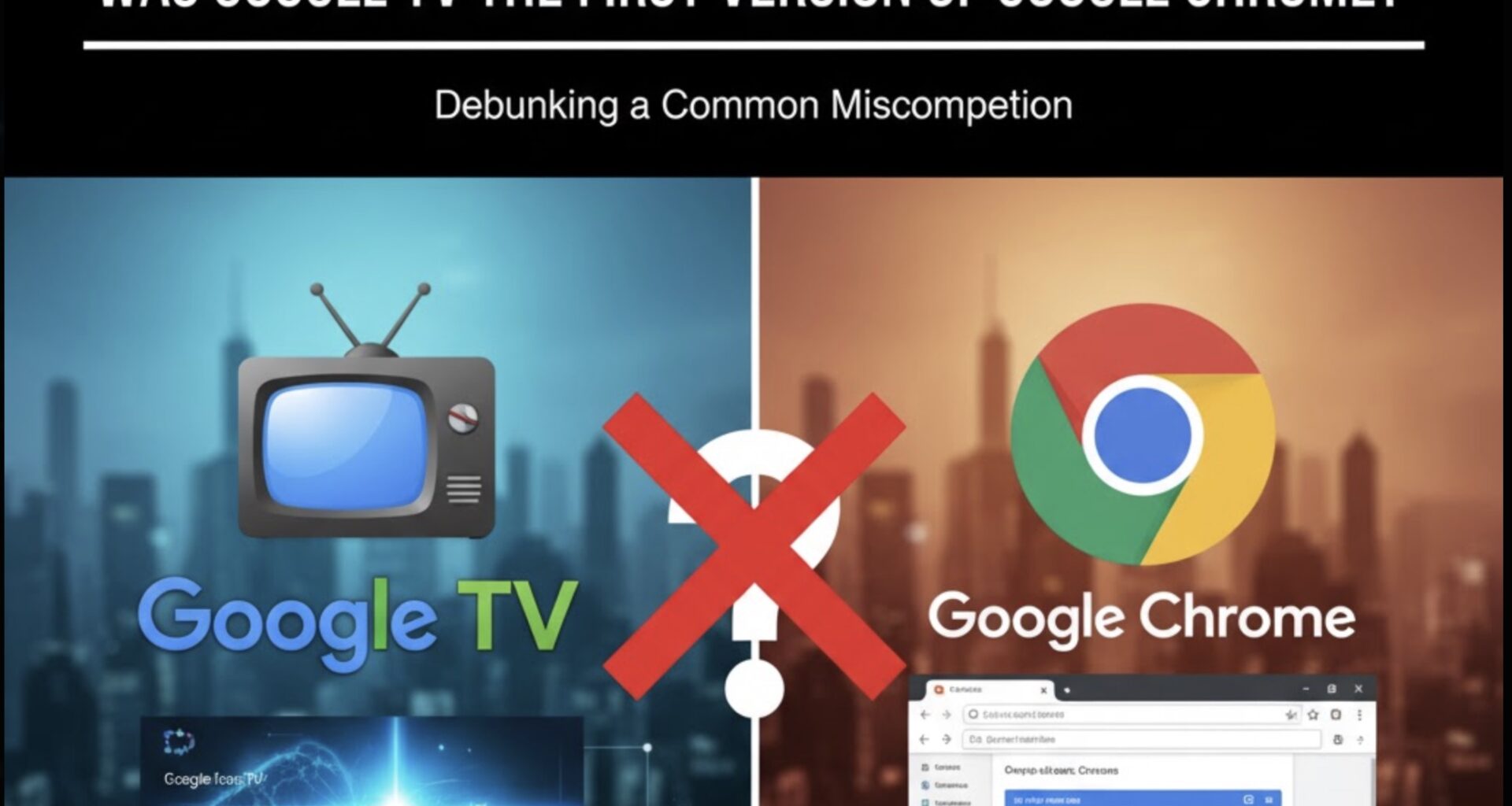When it comes to Google’s vast array of products, it’s easy to get confused — especially when names overlap or evolve over time. One misconception that has circulated for years is the idea that Google TV was the first version of Google Chrome. While both products share Google’s branding and, at times, intersected in functionality, the truth is that they were — and still are — completely different innovations serving distinct purposes.
Understanding the Origins of Each Product
Google Chrome launched in September 2008 as a web browser, designed to bring speed, simplicity, and security to internet browsing. It was Google’s bold entry into a space dominated by Internet Explorer and Firefox. Chrome’s success reshaped the browser landscape, eventually becoming the world’s most popular browser and the foundation for the Chromium-based web ecosystem we know today.
Google TV, on the other hand, made its debut in October 2010 — two years later — as a smart television platform. Built on top of the Android operating system, Google TV aimed to merge traditional television with the open web. It let users watch live TV, access streaming apps, and browse the internet using a remote control — and yes, this included a built-in version of the Google Chrome browser.
Where the Confusion Began
The confusion likely stems from that built-in browser. Since Google TV included Chrome for TV-based browsing, some users assumed that Google TV was the early or experimental version of Chrome. In reality, Chrome existed long before Google TV — and its inclusion in the TV platform was simply a feature, not the foundation.
Adding to the misunderstanding was Google’s branding overlap. The names “Google TV” and “Google Chrome” both carried the company’s flagship branding during a time when Google was rapidly expanding into new markets — from web browsing to mobile operating systems to home entertainment. For casual users, it wasn’t always clear where one product ended and another began.
The Evolution of Google TV
The first iteration of Google TV (2010–2014) was ambitious but ahead of its time. It struggled with performance and adoption. Eventually, Google replaced it with Android TV in 2014 — a more streamlined, app-centric platform. Then, in 2020, the name Google TV returned — but this time as a reimagined interface built on Android TV, used today on Chromecast devices and many smart TVs.
So, if you buy a Chromecast with Google TV today, you’re not getting an old web browser — you’re getting a modern media platform that integrates YouTube, Netflix, and other streaming apps in one unified experience.
Google Chrome’s Separate Legacy
While Google TV evolved through different phases, Google Chrome followed its own independent path. From browser to full-fledged operating system (Chrome OS), Chrome became the backbone of Google’s desktop and cloud ecosystem — entirely separate from its television and media products.
Clearing the Air
To summarize the timeline:
| Product | Type | Launch Year | Purpose |
|---|---|---|---|
| Google Chrome | Web browser | 2008 | Fast, secure internet browsing |
| Google TV (1st Gen) | Smart TV platform | 2010 | Bringing web & apps to television |
| Android TV | Successor to Google TV | 2014 | Streamlined app-based TV OS |
| Google TV (2nd Gen) | Rebranded interface for Android TV | 2020 | Modern streaming experience |
Final Thoughts
Google TV was not the first version of Google Chrome — but the overlap between the two reveals something interesting about Google’s long-term vision. The company’s goal has always been to make the internet accessible anywhere — on computers, phones, and even TVs. Chrome made the web faster. Google TV tried to make it more comfortable to experience from your couch.
The mix-up is understandable, but knowing the distinction helps appreciate how Google’s ecosystem has evolved — from browsing the web to integrating it seamlessly into our living rooms.









